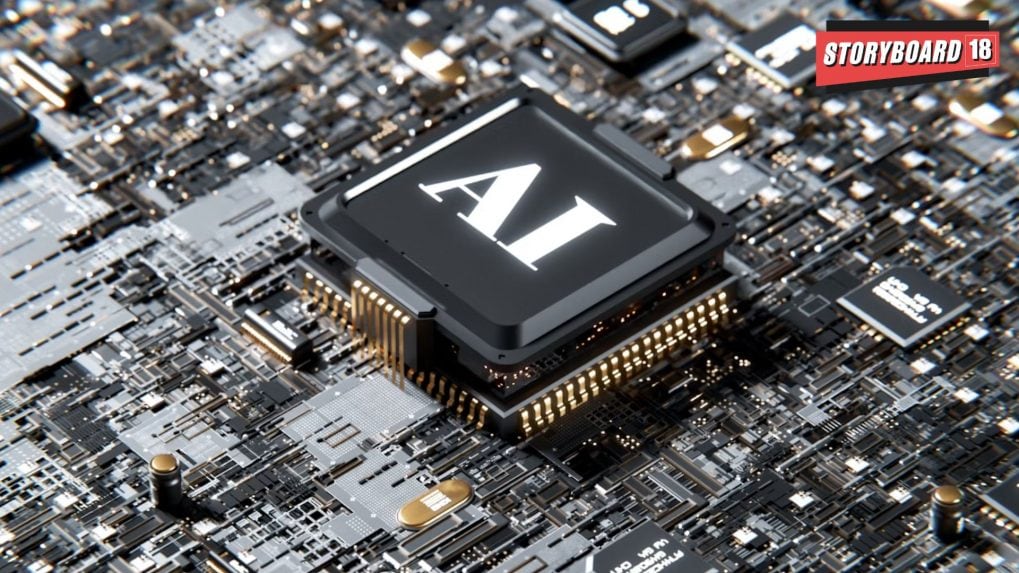Who owns the beat? The legal gaps posed by AI-generated music in India
Current Indian law does not specifically address AI training or AI-generated outputs. The absence of statutory provisions on authorship, disclosure to listeners, and royalty allocation creates uncertainty.
ADVERTISEMENT
Artificial intelligence is rapidly transforming the global music industry. With AI bands and synthetic performers emerging, the question of who owns music and whose rights are at stake has become more urgent than ever. In India, courts have begun grappling with these issues, but the legal framework still has significant gaps.
When AI Mimics Real Artists
If an AI band uses voices or styles that resemble existing artists, could that infringe on their publicity rights or amount to impersonation?
Akshaya Suresh, Partner, JSA Advocates & Solicitors explains that Indian courts have repeatedly recognised the “right of publicity” or personality rights to protect individuals against unauthorised commercial exploitation of their identity. This includes voice, image, and likeness.
In fact, in 2024, the Delhi High Court granted an injunction restraining an AI chatbot from using Jackie Shroff’s name, voice, image, likeness, mannerisms, and associated sobriquets for any commercial purpose without his authorisation. A year earlier, in Anil Kapoor v. Simply Life, the court had already flagged the dangers of deepfakes and their interplay with publicity rights.
Suresh warns that if an AI band uses synthetic voices closely resembling artists, it risks being treated as unauthorised commercial appropriation of personality, amounting to infringement.
Music vs Spoken Word
Indian courts have also made it clear that voice cloning is treated equally, whether in music or in speech.
“In a recent case involving Sadhguru, (Sadhguru Jagadish Vasudev v. Igor Isakov), the Delhi High Court came down strongly on AI-generated deepfake speeches and discourses,” says Abhishek Chansoria, Principal Associate at Saraf and Partners.
The court held that unauthorised cloning of his voice and likeness could harm reputation and erode public trust.
A similar principle was applied in the case of playback singer Arijit Singh. “The Bombay High Court emphasized that his voice, vocal style, and manner of singing were protected elements of his personality rights,” Chansoria notes. The defendants were restrained from using Singh’s name, voice, likeness, signature, vocal style, mannerisms, and other personality traits — including through AI-generated content.
The Legal Gaps
Despite these rulings, Indian law remains underdeveloped in key areas. Suresh points out that copyright enforcement in AI is being tested in the Delhi High Court, where the Indian Music Industry and labels like Saregama have sought to join proceedings against OpenAI. The dispute centres on whether using copyrighted music to train AI models amounts to infringement, or whether it could be justified as “fair use.”
Another concern is accountability. “If an AI system produces infringing output, it is not clear in the present legal framework if liability lies with the developer, the deployer of the model, or the user who prompted the output,” Suresh says. Remedies for affected individuals also remain limited, with restraining orders available but not compensation.
Abhay Chattopadhyay, Partner at Economic Laws Practice, agrees there is a vacuum. “As things stand, AI generated content would not be registered under Indian copyright law,” he says.
He cites the withdrawal of registration for an AI-generated painting, and notes that “the current legal framework is ill-equipped to deal with matters pertaining to AI technologies and in the absence of judicial precedents on this topic, there is a legal vacuum which needs to be dealt with.”
Practical Lessons for Music Lawyers
For Komal Solomon, Senior Partner, Solomon & Co, the immediate response must come from contracts and proactive rights management.
She stresses that agreements should clearly state whether recordings, lyrics, and performances can be used in AI training or synthesis. Formal copyright registration, though not mandatory, strengthens litigation.
Solomon also points to moral rights under Section 57 of the Copyright Act, which allow artists to object to distortion or derogatory treatment of their work — something especially relevant in the age of AI deepfakes.
“Indian courts have recognized that a celebrity’s voice, likeness, or persona cannot be commercially exploited without consent,” she says, adding that lawyers must invoke publicity and personality rights where AI replicates an artist’s voice or image.
But she also calls for reform. “Current Indian law does not specifically address AI training or AI-generated outputs. The absence of statutory provisions on authorship, disclosure to listeners, and royalty allocation creates uncertainty.”
Towards Regulation
Both Suresh and Chansoria believe that regulation must go further. The first step, they argue, is clarifying authorship. Should it be the developer of the AI model, or the user who prompts the output?
They also see a role for licensing systems. Industry bodies could create a fair royalty model for composers and copyright owners, allowing AI models to legally use copyrighted music for training while giving users rights to generate AI “performers.”
Finally, a dedicated AI regulation is needed. Such a framework would define permissible use of data, set transparency standards, require labelling of AI-generated content, and fix liability for infringements.

